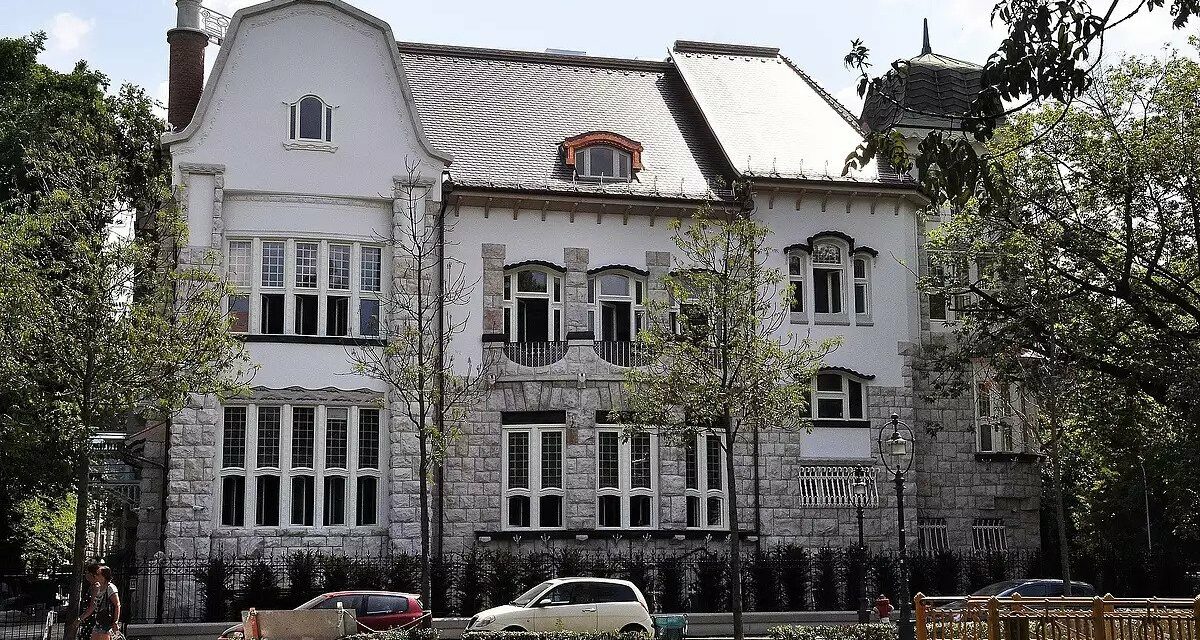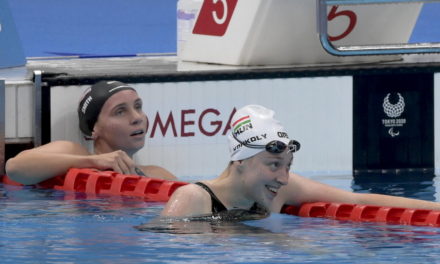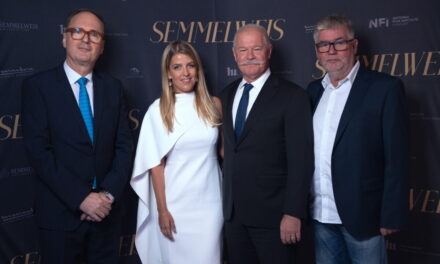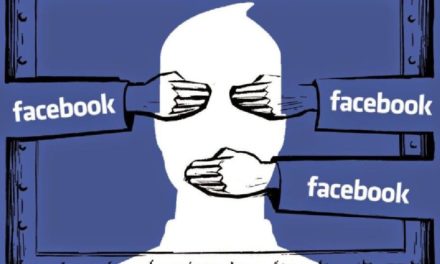The historian Zsuzsanna Borvendég's series was originally published on the PestiSrácok website, but there are certainly those who missed it. But those who haven't read all the parts should also read it again. Knowing the whole picture, can we understand how we got here?
Hungarian journalism became one of the bastions of Kádár's exercise of power. But how did the Hungarian press get from the revolutionary atmosphere of 1956 to this in just a few years? During the days of the revolution, the management of the MÚOSZ sent continuous information about the situation to the Prague-based NÚSZ and through them to the KGB. Already in November, the international organization sent emergency aid to MÚOSZ "with the definite hope that it would strengthen the Hungarian journalists who help the Revolutionary Workers' and Peasants' Government to consolidate relations," wrote Ferenc Vadász , MÚOSZ's general secretary at the time.
NÚSZ, operating as a cover organization for the KGB, took care to restore "order" in Hungary, they were aware that - after Kádár, to put it freely - the press comes immediately after the weapons. That is why the removal of unreliable journalists from the newsrooms was a pivotal issue in consolidating the power of the new government. The "pacification" by Norbert Siklósi . As a punishment for the role of writers and journalists in the revolution, János Kádár Siklósi became the government commissioner of MÚOSZ, who played a major role in ensuring that the control of society, called consolidation, also took place among journalists.
The Hungarian press was also involved in the intellectual preparation of the counter-revolution - directly or indirectly. Nationalism and revisionism spread among journalists - and especially after October 23, 1956, the counter-revolutionary events caused confusion in their minds. The ideological confusion among journalists had a strong impact even after November 4. Therefore, it became necessary to review the political and public activities of journalists , wrote Siklósi in 1958. Norbert Siklósi became a symbolic figure of the Kádár system, whose activities faithfully followed the changes in political direction. During the bloody reprisals, Siklósi also harshly punished critics of the system, "deviant" and journalists classified as "counter-revolutionaries". In August 1957, the vetting of journalists began, and the entire membership of MÚOSZ was subject to revision. For years, all the writings of individual publicists were checked, and they were punished for the slightest misinterpretation.
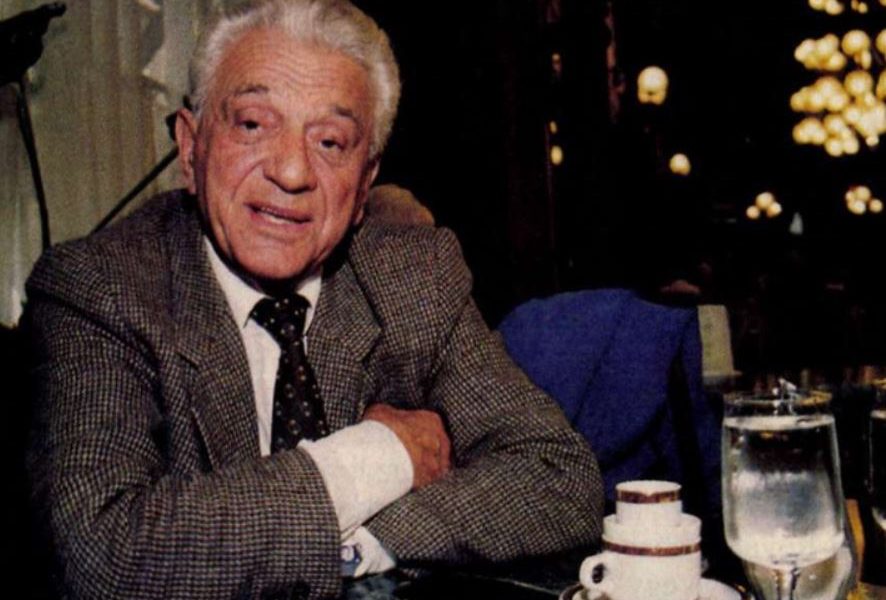
Norbert Siklósi is the plenipotentiary general secretary (photo source: PestiSrácok)
During the revisions, roughly eight hundred members dropped out, and only politically reliable persons could remain within the association. With this, the publicist society became one of the main supports of the party, since only those who were members of the MÚOSZ could find employment as journalists, and only those who were members of the MÚOSZ were employed in editorial offices. The termination of journalism training had a similar result. After the Revolutionary Worker-Peasant Government dissolved the Journalism Department of Eötvös Loránd University, the educational activities were taken over by MÚOSZ, but only those who had already been employed as a journalist in the editorial office of a newspaper could apply for its courses. However, when obtaining editorial positions, the professional criteria also included proof of qualifications, so there was practically a stalemate in the field of recruitment. Siklósi reported to the First Secretary of the Soviet Embassy in Budapest, Sz. Sz. Karpov, the termination of university journalism training as a huge achievement, since the release of new cadres thus became the sole prerogative of the MÚOSZ.
The "establishment of order" therefore took place as brutally within the MÚOSZ as the retaliation in society as a whole. The intimidation, the existential impossibility, had their effect. In the years of consolidation, Siklósi adapted to the essence of the system just as much as in the beginning: with an understanding smile, he extended a hand to the journalists he had disabled and who have since struggled with livelihood problems, and by exercising grace he got them to work in small rural editorial offices. There was no risk in his 'philanthropy'. broken and humiliated in their self-esteem, unable to support their families, voluntarily joined the queue. A new world began in the field of Hungarian journalism: this became the period of self-censorship. Everyone knew what and how much they could afford if they wanted to maintain their existence. Siklósi also excellently cultivated the "merit farming" developed by György Aczél
By the summer of 1958, it was possible to eliminate the direct supervision of the state over MÚOSZ, and the journalists' association regained the apparent autonomy that a dictatorship can provide. Siklósi's mandate as government commissioner was terminated, but he remained secretary general of the institution until 1973. He was only the second person on the official ladder, but he occupied the most important position in terms of practical management. During his time, MÚOSZ became the most active member organization of NÚSZ. Under his leadership, Hungarian journalists won a prestigious position within the membership of the KGB-controlled NÚSZ: from 1966, the former general secretary of the MÚOSZ was elected vice-president and treasurer of the NÚSZ, and this position was maintained by the Hungarian association until the beginning of the nineties. From this position, the general secretary of the MÚOSZ had to have insight into the secret service activities and finances of the NÚSZ. In the previous section, you could read that the Prague center, operating as a front organization of the KGB, generated money for its activities on a wide scale, from terrorist training to the illegal arms and drug trade, from the hotel industry, presumably to prostitution. And what were these resources for? How did the Hungarian journalist community contribute to the work of the Soviet secret services?
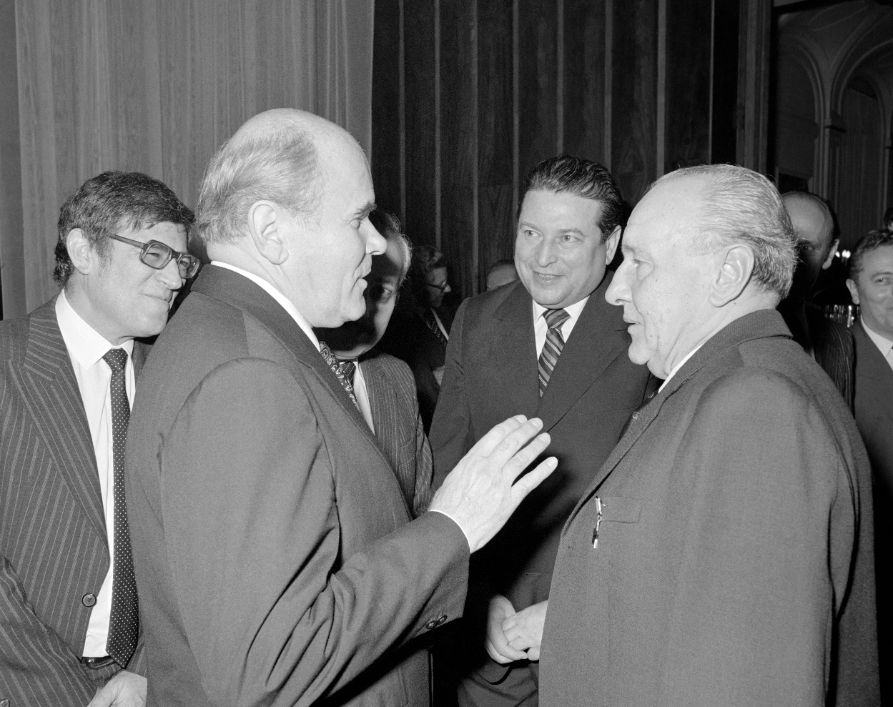
János Kádár, First Secretary of the Central Committee of the Hungarian Socialist Workers' Party (MSZMP) (j) and Ernő Lakatos (j2), CEO of the Hungarian Telegraph Office (MTI) talk to József Pálfy (b2), President of the Hungarian Journalists' Association (MÚOSZ), the Budapest Soviet at the embassy, at a reception on the occasion of the 63rd anniversary of the Great October Socialist Revolution. (photo: MTI/Lajos Soós)
The first concrete step in which the MÚOSZ and Norbert Siklósi's work in approaching the NÚSZ can be seen in action took place already in 1957, i.e. in parallel with the revision after the revolution: the Tourism Department was set up within the association. At the time of the post-revolutionary reprisals and the revisions in the MÚOSZ, when the cannon barrels of the Soviet tanks were almost still smoking, and moreover travel was unattainable for the vast majority of people, why did Siklósi consider the creation of the department so important? The most obvious explanation lies in MÚOSZ's secret service responsibility. Interestingly, among the journalists used by the intelligence service, we can find a large number of publicists working on sports and tourism topics, since the mentioned areas are apparently free of politics and cross borders, i.e. they are perfectly suitable for the winning or recruited journalists to engage in ideological manipulation behind a suitable cover story. The most important task of MÚOSZ was to bring NÚSZ closer to the western journalistic society.
In the course of his activities, he used several methods to cover up his secret service goals, for example, he took an active role in the work of various professional journalistic organizations. The significance of the establishment of the Tourism Department of MÚOSZ lay precisely in the fact that Hungarian journalists could become full members of an international association, FIJET (Fédération Internationale des Journalistes et Écrivains du Tourisme – International Federation of Tourism Journalists and Writers), which brought together journalists dealing with tourism into yourself. FIJET had been operating since 1954 and had a strong left-wing commitment, meaning that the conquest of this organization did not encounter any particular difficulties, but it represented a really good penetration channel towards the West. To begin with, a "library" called the International Documentation Center was created in Brussels. Its task, according to the founding document, was to carry out scientific and research activities in the field of international tourism, to collect and keep all documents, publications, statistics, etc., that were published in various countries related to tourism - and who knows what other data they might be interested in ... The head of the Brussels "library" was of course delegated by MÚOSZ Zoltán Miklódy .
This system - that is, integration through professional journalist organizations among the shapers of Western public opinion - also worked in the case of other associations. The Hungarian state security was aware of several organizations that operated with the open or secret support of the NÚSZ. These included FIPREGA (Fédération Internationale de la Presse Gastronomique – International Federation of Gastronomic Journalists), FIPRESCI (Fédération Internationale de la Presse Cinématographique – International Federation of Film Critics) and AIPS (Association Internationale De La Press Sportive – International Association of Sports Journalists).
The entrapment of Western culture and mass media was therefore proceeding at full speed, the goal - in secret service terminology - was neutralization, today we would say: sensitization. Sensitization to a positive perception of left-wing ideology, Bolshevik exercise of power and socialist reality. We can say that the MÚOSZ achieved really outstanding results working in this KGB unit, and took part in further training and money-making as well.
Source: PestiSrácok
Author: historian Zsuzsanna Borvendég
(Cover photo: MTI/József Balaton)

